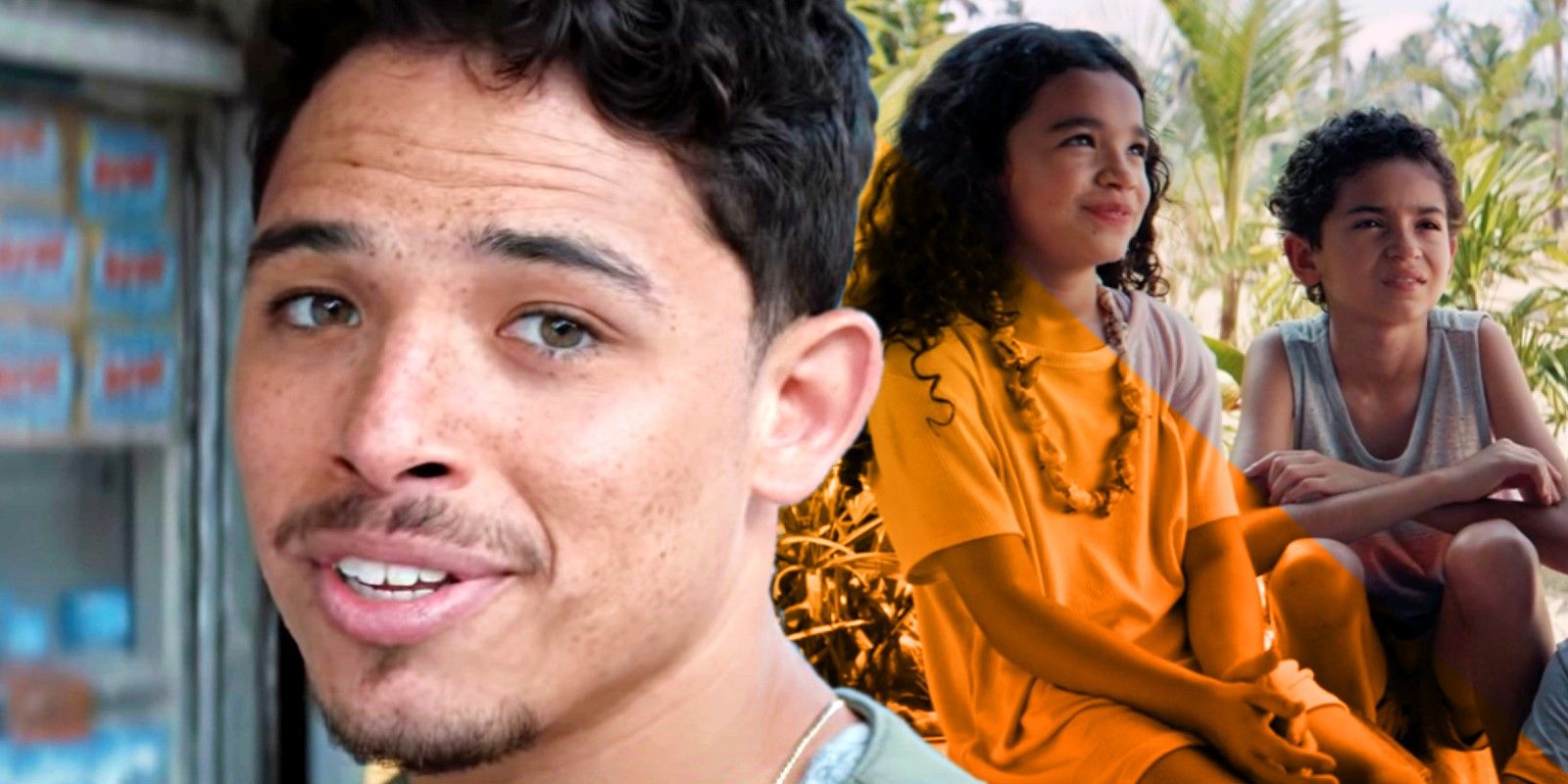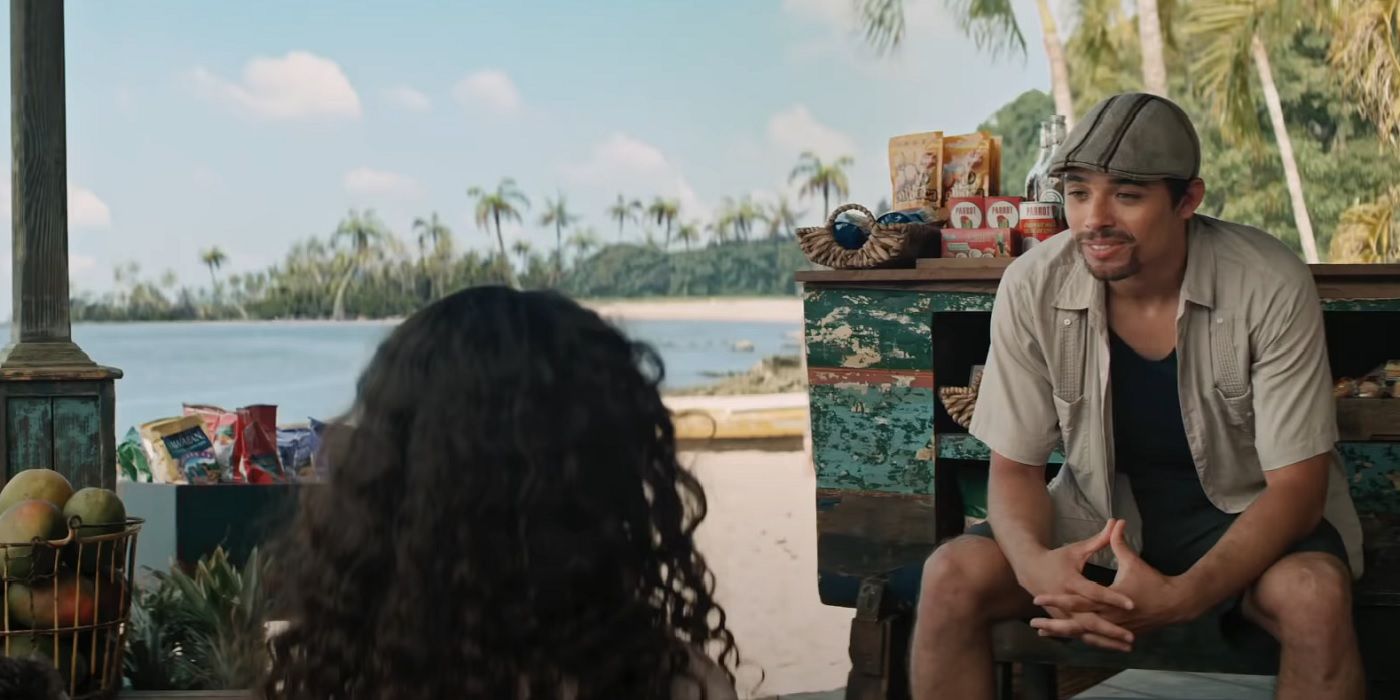
Why Usnavi narrates the story of In the Heights and how that changes the musical. The film adaptation of In the Heights has been years in the making, but it finally made its way to HBO Max and to theaters June 10. As with any musical that changes mediums, the film — which was directed by Jon M. Chu from a screenplay and musical score by Quiara Alegría Hudes and Lin-Manuel Miranda, respectively — removed parts of the original story and added in others, including Usnavi de la Vega’s narration.
Set over the course of a few days in the New York neighborhood of Washington Heights, the musical tells the story of Usnavi, Vanessa, Benny, and Nina Rosario. With the threat of gentrification looming and three businesses — Usnavi’s bodega, Nina’s father’s car service, and a local hair and nail salon — possibly going under, Usnavi dreamt of returning to the Dominican Republic to rebuild and reopen his late father’s previous business. Usnavi’s narration provides an opening for the movie audience that didn’t exist for the Broadway version of the musical.
With the backdrop of a bar and a beach, Usnavi (Anthony Ramos) telling the story of Washington Heights to a group of kids allows the audience to believe that he did finally move back to the Dominican Republic as he claims he wanted to all along. Whereas in the musical, Usnavi just starts singing the opening number, “In the Heights,” to start the story and introduce the characters, the film’s change provides a look into Usnavi’s future following the primary events of In the Heights. He spent so much time talking about moving back that when the film directs its attention to Usnavi’s narration, it sets up a unique framing device that hints at the character’s fate. The filmmakers also needed something to keep the story grounded and the narration does exactly that before diving into the songs. It’s a bit harder to ground a musical film than it is to do onstage and the kids in this instance effectively work as a stand-in for the audience.

The change is also made to establish Usnavi’s final decision — that his legacy, which now includes his daughter, and his home is where he makes it. He’s already planted roots in Washington Heights despite having to leave the Dominican Republic behind as a kid. The reveal that he still owns the bodega at the end works as a nice surprise for the audience and as a lovely confirmation that Usnavi continues to be a central part of the neighborhood. The fact that he’s telling the story of the various people who called Washington Heights home to the next generation speaks to the idea of carrying on everyone’s memories in tales so that the history of Washington Heights never dies, even as things change.
Usnavi’s narration isn’t the only change made to In the Heights’ film adaptation, but it is the one that works best because of the way it’s set up. It’s a story within a story and it certainly adds a lot of layers to the musical and to Usnavi’s character, future, and legacy. It works to ground the film and add a bit of a surprising, anticipatory element to In the Heights that gave it an additional story boost and spark.
from ScreenRant - Feed https://ift.tt/3A1FchE

No comments: